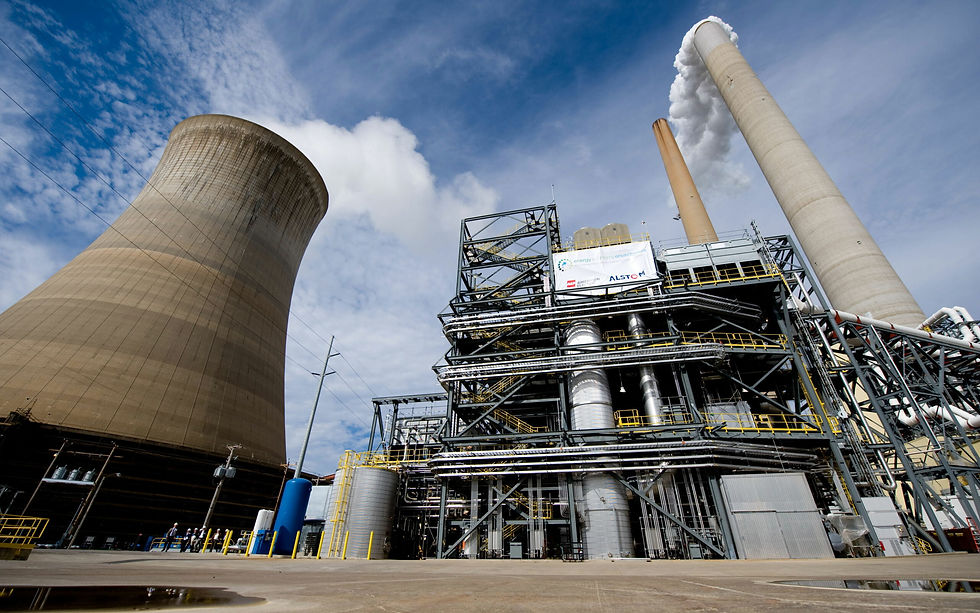NIP-103 (sand- J2L) Easter Venezuela oil field: a EOR use case
- MineaOil Ltd

- Jun 7, 2024
- 3 min read
Updated: Jul 20, 2024
CO2 injection for Enhanced Oil Recovery (EOR) is currently one of the most promising processes for additional oil retrieval. This case study outlines the design of a pilot project for CO2 injection in an oil field situated in eastern Venezuela. The study is centered around the J2L sand, which is part of the NIP-103 reservoir. Access the full paper here in the SPE Advanced Technology Series 2 (01): Paper SPE-23678-PA. If you need additional help or information regarding the NIP-103 project, please contact MineaOil Ltd.

Watch the video below, presented by Denbury Resources, to learn more about how CO2 is used in EOR:
Among the mechanisms that play a predominant role in increasing recovery by CO2 injection, the following stand out: reduction in viscosity, oil swelling, vaporization, miscible displacement effects, reduction in interfacial tension, increase in injectivity, etc.
When the CO2 injection process is miscible, key factors include the vaporization of the crude oil, the reduction of interfacial tension, and the development of a miscible front. On the other hand, if the process is immiscible, the reduction in viscosity and the swelling of the oil have the greatest influence.
The NIP-103 Reservoir is situated in the greater Oficina Area, near San Joaquín, in eastern Venezuela. It was discovered at the end of 1957, and most of its development took place during 1958.
The producing intervals of the wells in this field range from 8,280 to 8,480 feet. The reservoir, a schematic isopach map shown in the image below, is limited to the north by a water/oil contact (WOC) at 7,725 feet below sea level, while the rest of the deposit is confined by the thinning of the sands.

The detailed laboratory tests conducted to identify potential issues of incompatibility between CO2, the rock, and the fluids in the reservoir indicate that no problems are anticipated due to asphaltene precipitation when the crude oil comes into contact with CO2 under reservoir conditions.
Finally, tests were conducted to detect any incompatibility between the formation water and CO2. During these tests, no precipitate was found that could cause issues at the reservoir level.
The simulator used in this project recreates mass transfer phenomena in EOR through CO2 injection. It accounts for swelling of the oil phase, CO2 dissolution, and vaporization of hydrocarbon fractions towards the CO2-rich phase. Additionally, it can represent miscible displacement through multiple contacts.
Sensitivity analysis conducted in conceptual models in one, two, and three dimensions, using the properties of the fluids and rock in this reservoir, leads to the following remarkable conclusion:
The analysis of secondary recovery by CO2 injection predicts that for a pilot project with a lifespan of 5 years, there will be a recovery of between 22% and 29% of the OOIP. This represents an increase of 9% to 43% in the recovery compared to what could be expected due to natural depletion by the same date.
In a previous post about a mature (residual) oil field in the North Sea, we discussed the significant economic benefits of well-planned EOR operations, like the one described here, combined with modern carbon capture technologies. These initiatives not only have the potential to generate significant economic value but also contribute to the reduction of CO2 emissions in the atmosphere.



Comments